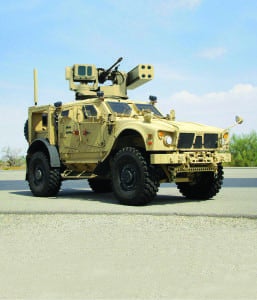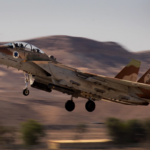
The Army has awarded Leonardo DRS a contract to fulfill an urgent operational need to protect soldiers from enemy unmanned aerial systems (UAS).The $42 million contract for counter-UAS capability is a follow-on to a previous contract under which DRS and Moog [MOG.A, MOG.B]] built prototypes of a two-vehicle anti-drone defense system. The previous $16 million contract was awarded in July.Leonardo DRS acts as lead systems integrator of the two-vehicle C-UAS capability which includes Moog's reconfigurable integrated-weapons platform (RIwP) turret, Leonardo's…

 By
By 











